The summer of 1981 marked a dramatic transformation for the city of Winter Park. While MTV was revolutionizing the multimedia landscape and Ronald Reagan’s election was reshaping the political landscape, Winter Park experienced its own literal upheaval. Venturing down to Lake Rose, just a 10-minute walk from campus, reveals a historic side of Winter Park that often gets overshadowed by the city’s familiar historical sites, such as the Rollins College campus or the Albin Polasek Museum. On the morning of May 9, 1981, a massive sinkhole—nearly 400 feet wide by the time it was stabilized—erupted at the corner of Fairbanks and Denning (behind what is now Austin’s Coffee). This enormous sinkhole swallowed a three-bedroom home, five Porsches (with speculation that two of these Porches still remain), and half of a city swimming pool, causing significant damage to several nearby businesses.
Now known as Lake Rose, named after Mae Rose Williams, the owner of the house that had been swallowed by the sinkhole, the sinkhole drew global attention, attracting geologists and naturalists from around the world to Winter Park. Forty-one years later, questions persist about how sinkholes of this magnitude form and whether their impacts can be predicted.

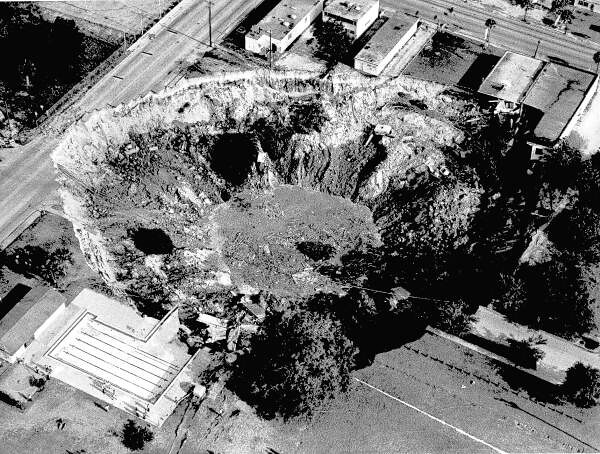
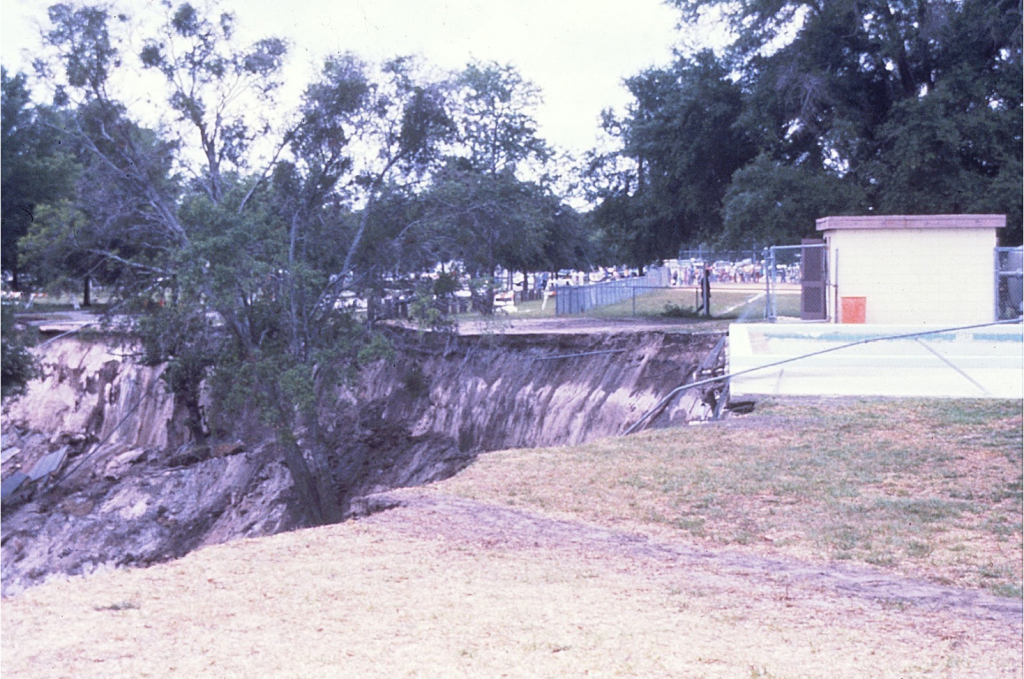
Sinkholes are created by carbonate rock foundations, such as limestone and dolomite beneath the ground. These sedimentary rocks are easily dissolved by water. As acidified rainwater—rainwater that has interacted with atmospheric elements like carbon dioxide—percolates through the rock formations, small holes gradually enlarge. Although the ground above these holes initially remains intact, it eventually becomes unable to support the weight as the void below expands due to further erosion. This leads to a collapse, known as a sinkhole. The sinkhole stabilizes when the void fills with debris, dirt, and materials from above.
In Florida, sinkholes and the state’s natural landscape are closely linked, with many of the state’s lakes and ponds being the result of historic sinkholes. Florida’s karst terrain—characterized by dissolving bedrock, primarily limestone—provides the ideal conditions for sinkholes. The perfectly circular shapes of many of Florida’s lakes are a testament to this geological process.
The early hours of May 9, 1981, came as a complete shock to Winter Park locals, particularly Mae Rose Williams, as her home was swallowed by the earth. However, sinkholes may not be as sudden as the Lake Rose sinkhole appeared to be. Indications of a sinkhole include depressions in the ground, cracking of developed structures, exposed tree roots, and patches of dying vegetation. While these can prove to be symptoms of sinkholes, understanding the exact geologic makeup below the surface can be incredibly difficult.
“It’s hard to know what’s happening down there unless you do remote sensing to measure things like density of rock, evidence of destroyed formation, or water levels way below the surface,” says Lee Lines, Professor of Environmental Studies at Rollins College.
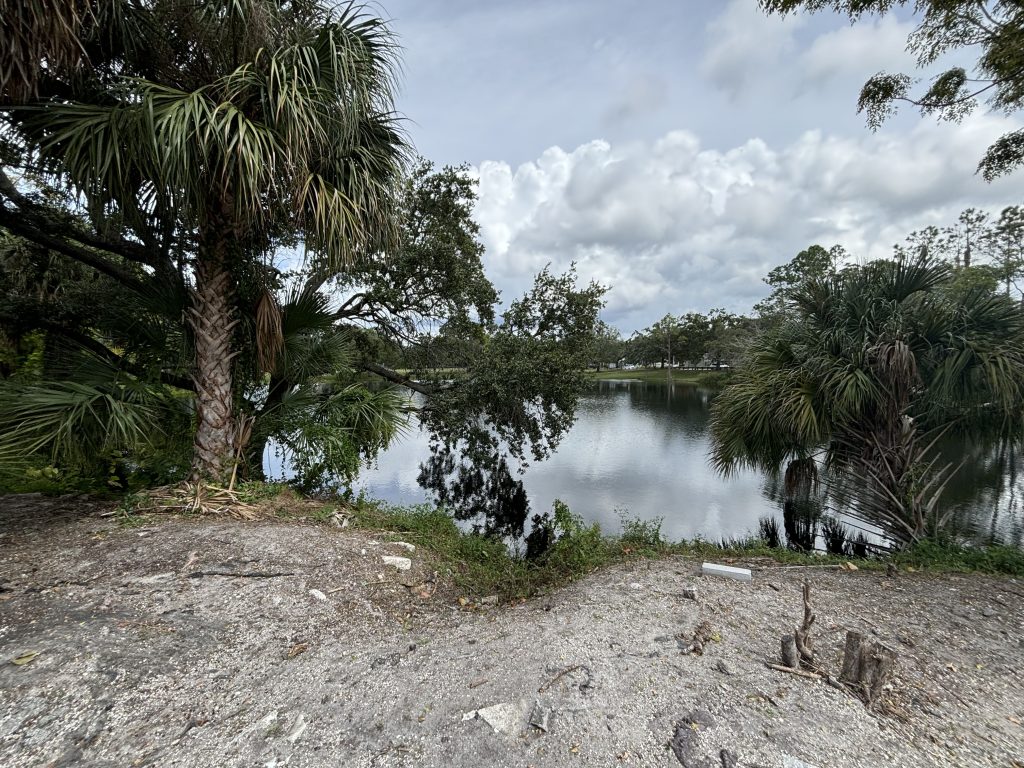
While it’s rare to gain a complete understanding of the geological interactions beneath the Earth’s surface, the collapse at Denning and Fairbanks on May 9, 1981, serves as a powerful reminder that even human development has its limits. The sinkhole vividly demonstrates that the planet’s environmental and ecological forces ultimately hold sway over our built environments. Now, more than four decades later, Lake Rose—and the two Porches said to lie at its bottom—stands as a lasting testament to nature’s ability to dramatically and unexpectedly reshape our surroundings.
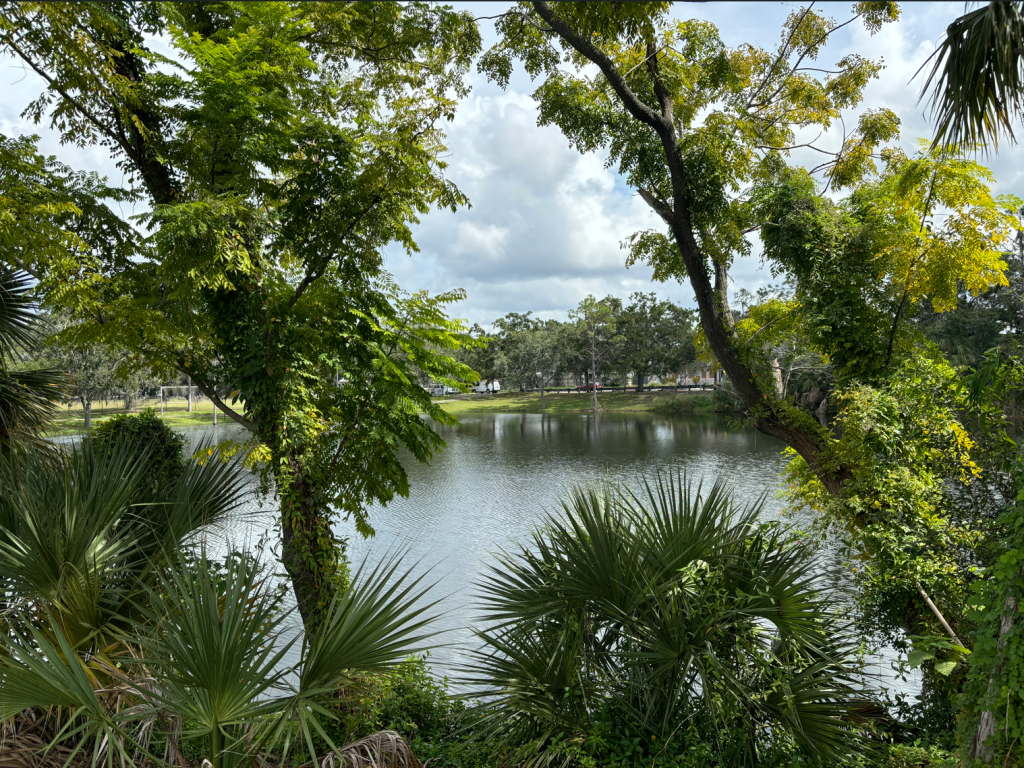

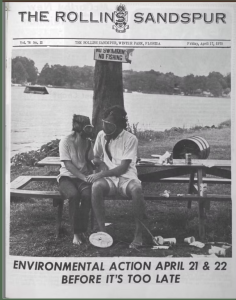
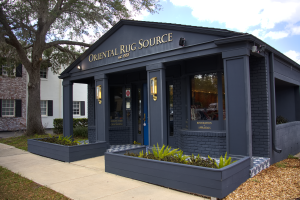
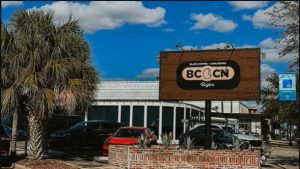


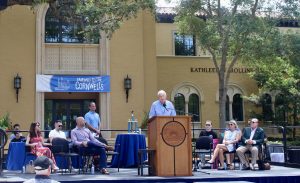




Comments are closed.